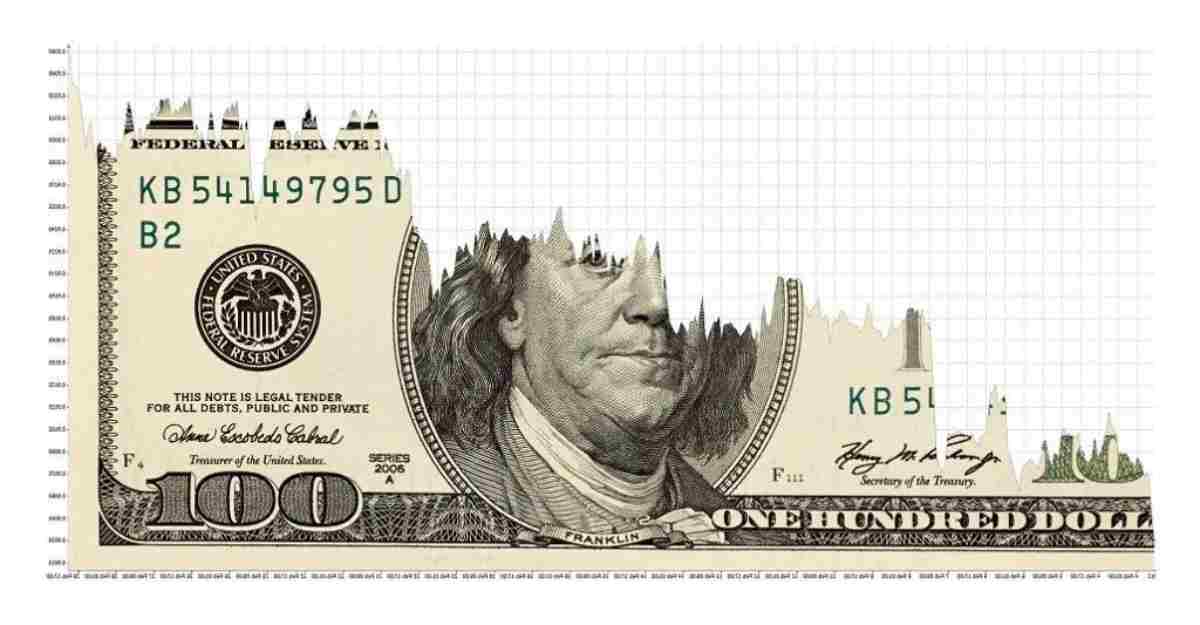A currency crisis is a rare event where a nation’s currency is dramatically and suddenly devalued.
While they can often be foreseen, a currency crisis can have a significant impact on the lives of the country’s citizens, as well as the nation’s ability to trade with international partners.
Here we’ll look at what happens when a country goes through a currency crisis, as well as dig a little deeper into some past examples.
Table of Contents
What is a currency crisis?
In essence, a nation’s currency falls sharply in value and has ramifications for other sections of the economy.
They are generally influenced by investors in the country – whether in the form of shares or currency trading – who may be spooked by current affairs in the country or the business dealings of the local government.
Currency trading pairs may be skewed significantly and sharply, offering some opportunities for savvy investors to make quick gains.
Different countries are more likely to suffer a crisis. For example, the US Dollar’s status as the world’s most used reserve currency means the United States is not likely to suffer, no matter the performance of its economy.
How does a currency crisis impact an economy?
Once a country’s currency starts to devalue quickly, it is common to see investors start to withdraw their money held in its economy at a rapid rate. Selling the currency on an exchange or dumping shares in that nation’s businesses, and then exchanging those funds is typically how this is achieved.
As exchange rates continue to fall, it can become next to impossible for the government in question to cover the country’s costs and living standards often plummet for locals.
As businesses lose the ability to trade overseas, many are forced to shrink operations, resulting in lost jobs and further pressure on government finances.
What are some examples of a currency crisis?
- Mexico 1994: Known as the ‘Tequila Crisis’, the Mexican Peso was triggered by the government issuing debt instruments that would guarantee repayment in US Dollars. This attracted significant investment, but the assassination of a presidential candidate led to investor unrest and a vast withdrawal of investment.
- Asia 1997: This crisis was felt in Thailand, Malaysia, the Philippines, Indonesia and South Korea – with fears being raised that it could result in a global financial meltdown. This was largely influenced by a large rise in foreign investment not being met by a matching level of productivity in these countries.
- Venezuela 2016: A period of hyperinflation began in the middle of the last decade as Nicolas Maduro’s government made a string of policy errors – the inflation rate reached a mind-blowing 1,000,000% by 2018, resulting in a miserable collapse of living standards in the South American country and riots from citizens.
How do countries get out of a currency crisis?
Getting out of a currency crisis requires careful governmental intervention. The following methods are typically used:
- Fixed exchange rates: Setting agreements with other nations to ‘peg’ currencies and control where they sit in relation to each other can prevent slumping exchange rates.
- Increase interest rates: Increasing interest rates ensures more money comes back into reserves as people borrow and can lead to investor confidence being restored.
- Selling foreign reserves: Most countries will hold other nations’ currencies in reserves. By selling these off, they can recoup more of their local currency to bolster the economy.


